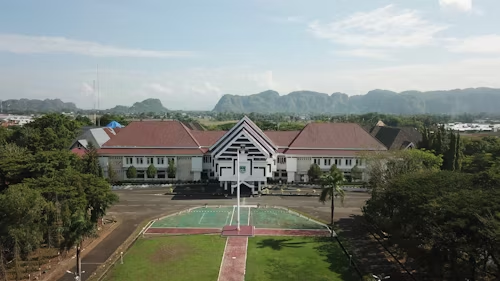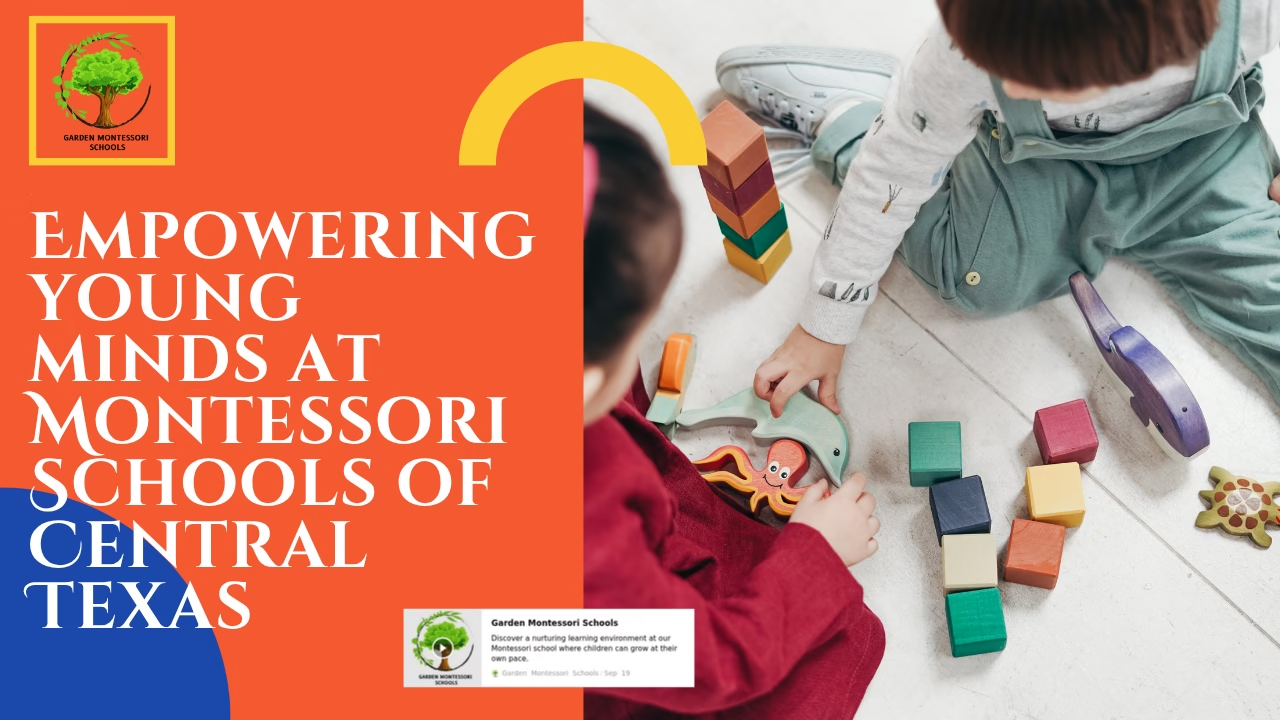The most popular schooling systems are the Montessori and traditional schooling system, which have different philosophies and approaches to learning and teaching.
There is an agreement, however, that both approaches target growth and development, the difference being the methods used.
In terms of its focus, Montessori education emphasizes self-teaching, autonomy, and experiential engagement, as opposed to a traditional schooling system characterised by segregation according to a pre-defined fixed curriculum with the teachers at the center.
Most parents find it challenging to choose the appropriate model for their child. They often wonder whether a method suits their child’s personality, learning pattern, and requirements.
Schools have set goals for academics, socialization, and other aspects, which help parents realize the educational models that would best suit their children.
What Are the Key Differences Between Montessori and Traditional Education?
There is a fundamental difference between how the Montessori method treats its students and provides them with education compared to the traditional education system.
In Montessori schools, children learn to pick their activities and the pace at which they wish to learn. Classrooms are built around the child so that the child is encouraged to solve problems independently.
Teachers have only a tiny role besides guiding guides and stepping in when necessary; children tend to lead their learning processes.
Teacher-led education emphasizes direct instruction and is systematic. Students follow a pre-defined syllabus and meet task deadlines. The teacher’s role is clearly defined and includes imparting lessons, enforcing discipline in the class, and following up with assessments.
While a choice is provided in a traditional classroom, in some cases, spatial learning is limited more than in a Montessori setup.
The most critical difference varies in how each student is given freedom of movement. Unlike conventional schools, Montessori education encourages self-direction and physical independence, where compliance with systemic teaching is paramount.
How Exactly Would You Say Montessori Education Promotes Independence in Children?
Regarding classroom structure, the children are taught to be self-reliant and work independently. The classroom is prepared to allow the children to select their preferred work and complete it at their own speed.
This makes the child accountable for their learning and helps them take ownership of their education.
In Montessori classrooms, students are usually presented with various materials, enabling them to understand different concepts more or less individually.
For example, letters of the alphabet can be shown on sandpaper, while letters, numbers, and simple calculations can be done with counting beads and other romanization aids.
Using such experience-based instruction enhances learning by encouraging self-exploration, self-regulation, and self-critique, which are vital in the path toward independence.
In a traditional education model, students are expected to perform within a set standard. Teachers are meant to teach particular topics, measure their student’s progress, and ensure the child learns according to the set portion.
Some children thrive better in such orders; predictability and clear expectations can be comforting for such children.
Aside from academics, most traditional schools also allow children to participate in after-school activities, sports, and socializing, which in turn helps them learn to work in teams and enhance their communication skills. This would also appeal to children who enjoy the social side of education.
Which Approach is Better for Socialisation Montessori or Traditional Education?
Both Montessori and traditional education have strategies that seek to foster peer-to-peer relations among children. However, the two models are different in scope in that the means through which these social encounters happen define them.
In Montessori classrooms, children are generally placed in mixed-age groups, which facilitates learning through peers. Younger students can look up to their older counterparts, and older students can help younger students with the information they have.
This enables the students to respect each other’s work and appreciate the different age groups, learning to work independently from older children. Socializing in the Montessori style is less about etiquette and social status and more about interaction and activity.
In contrast, traditional schools have a more rigid social structure, as children are placed into specific age groups.
When children play together in such groups, they are at similar stages in their development, which sometimes creates competition among them.
On the other hand, the children can also be involved in cooperative work with other children, teamwork, and learning childhood behavior in the presence of a teacher.
Both approaches provide avenues for social development; however, the Montessori method emphasizes the ability to function socially and engage in collaborative behaviors.
Traditional schools, however, provide opportunities for social development but limit the interaction with children of different ages.
How Do Montessori and Traditional Education Operate About Student Learning Styles?
Montessori and traditional learning have dissimilar audiences, but the scope of each approach is entirely different. Montessori education is meant for a broad spectrum of students with many learning skills.
The children are free to move around the space and collaborate with others or do so independently.
Each child is encouraged to learn in a way that suits them through different activities. With such an approach, where the child can learn best, it is possible to incorporate pictorial, spoken, and written materials.
The way their approach is structured, however, is where they differ once again. In traditional learning, however, rote learning tends to prevail.
Traditional schools are essential. While some aspects can be presented differently, the rigidity of the curriculum makes it difficult to accommodate the student’s individual preferences.
Such an environment is rarely present within the framework of Montessori education; children choose the areas where they want to work for more learning experience.
FAQ’s
What is the difference between a Montessori teacher and a traditional teacher?
The difference is that the Montessori teacher only guides and observes the students as they engage in independent learning. In contrast, the traditional teacher directs the teaching activity and works with structured syllabuses.
How does Montessori math differ from the usual non-Montessori math?
Montessori math involves mastery of concepts through physically engaging materials, while regular math practice involves simple rote learning and arithmetic drills and worksheets.
Why do students use golden beads in Montessori programs?
Golden beads in Montessori are meant to decompose the numbers and understand the concept of place value and the decimal system in an interactive and visually attractive manner.
What are the main types of Montessori?
Authentic Montessori strictly observes the principles set by Doctor Maria Montessori, and Progressive Montessori leans towards a conventional type of teaching but integrates modern methods.
Conclusion
In the end, it comes down to the specific characteristics of the child, their style of learning, and their personality, and whether it will be the Montessori system of education or the traditional one.
Each has disadvantages and advantages, and knowing which will benefit your child’s growth is essential. Montessori enables children to be more independent, coupled with self-driven learning. Traditional learning has its consistency and structure.



